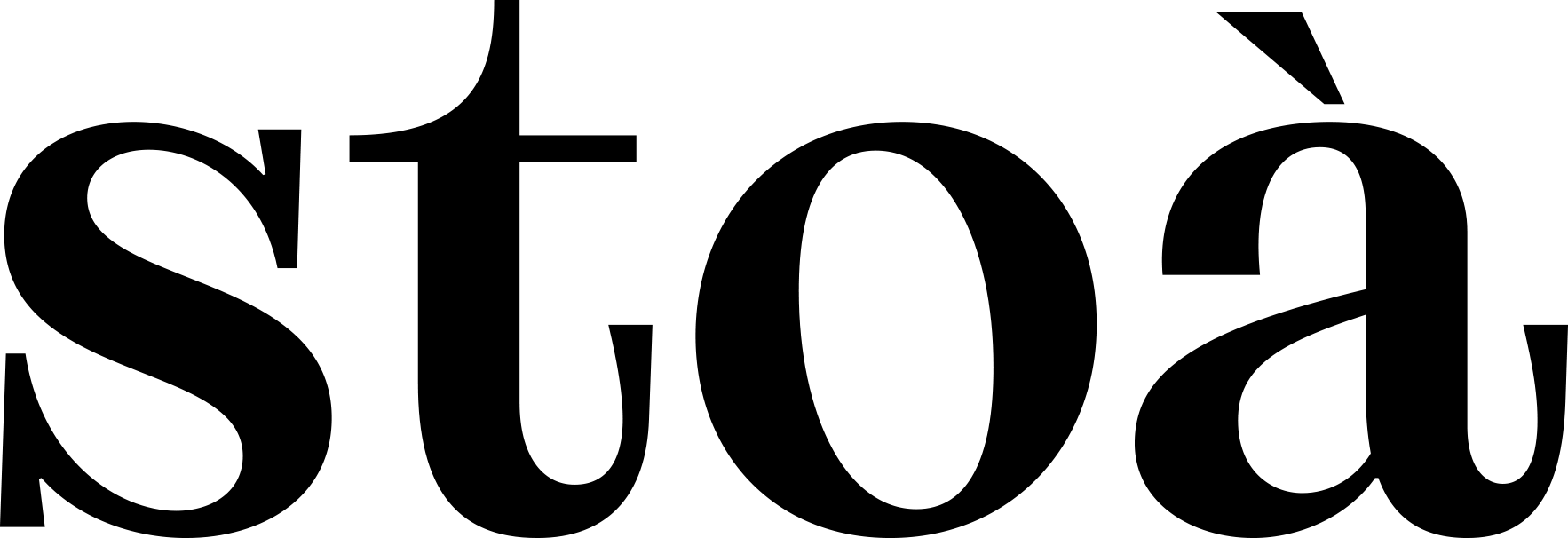︎︎︎ Call for Abstracts
Stoà Journal n. 12, year V, 1/3, Winter 2025
SCHOOLES, THEORIES
Teaching how to think architecture is one of the most challenging tasks for those who design the pedagogy of architecture. The aim of this call is to gather a series of contributions that can represent the ways of building schools of thought that have characterized pedagogical environments internationally since the formalization of university-level architectural education.
We seek to explore theories, positions, and practices that have marked significant turning points or departures from the status quo, which has often been perpetuated through the repetition of time- and place-specific methods. These contributions should highlight transformative moments that have profoundly influenced schools, educators, and students, thereby shaping society and the ways in which realities and spaces are constructed.
Throughout the history of architectural education, there have been numerous instances where thought has transcended immediate horizons. Communities of individuals have questioned the very essence of teaching, which, at its core, is a continuous inquiry. This questioning is fostered by a dialectic process that thrives on the existence and expression of diverse perspectives.
It is precisely from the heterogeneity of ideas converging in a shared space that the specificity of teaching matures, constructing an educational environment where knowledge is cultivated. This process is evident in the work conducted with students in classrooms, where tekné represents the sedimentation of a collective achievement. Such an environment propels design research into unexpected and unforeseen realms, where the transmission of the art becomes a complex of experiences and techniques that enable the simultaneous thinking and making of architecture.
Our interest lies in closely examining those positions and teachings that have emerged on an international level and have found either fertile ground or strong criticism. This endeavor aims to define certain theoretical and operational theories capable of reconfiguring a complex, nonlinear, and highly heterogeneous landscape.
We aim to collect essays that can profile prominent personalities, key figures in academic and professional culture, cultural references, influential texts and volumes on an international level, significant lectures and conferences for the culture of project teaching, and cultural, social, and environmental crossroads that have characterized and continue to characterize specific pedagogical attitudes.
We are interested in contributions that specifically engage with:
→ recognizing common traits in contemporary international pedagogical experiences;
→ exemplifying, through their conceptualization, specific didactic experiences, through reports, dialogues and interviews with internationally renowned professors, capable of becoming synthetic and effective expressions of a teaching know-how;
→ tracing a limit that can be shared by the scientific community, within which to critically and tendentiously “position” ideas and (didactic) projects, in order to build a a recognizable system by substantiating the reasons.
Abstracts in English or Italian (max. 2000 characters, with one keyword before the title), three images and a biography of 500 characters for each author should be submitted (in .doc file) to: redazione@stoajournal.com
︎︎︎Download the call
︎︎︎Abstract Guidelines
︎︎︎Editorial Norms
︎︎︎Deadline: 15/07/2024
Accepted abstracts will be announced by 29/07/2024.
Contributions accepted for publication in the printed journal are expected by 14/10/2024 in the form of a scientific essay, accompanied by notes, bibliography and images, for a maximum of 18,000 characters (spaces, notes and bibliography included) and 8 images/pictures (of which you own the copyright of if they are free for use).
The proposed article must be original in its content. It should have not been published in another print or digital journal or book.
Accepted essays in their final version will undergo a process of Double-Blind Peer Review. Stoà is a scientific journal for non-bibliometric areas 08 - “Civil Engineering and Architecture” (Resolution no. 184 by the National Agency for the Evaluation of Universities and Research Institutes-ANVUR, 27-07-2023).
The call is open to PhD students, researchers, professors and all scholars academically involved in teaching architecture.
